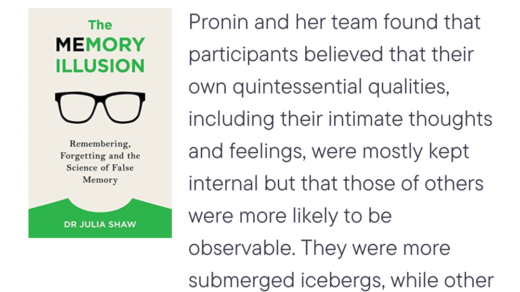History can be looked at another way, in terms of when pervasive government regulation of housing markets began and when housing prices skyrocketed. Since these were mostly state and local regulations, the beginnings of stringent housing regulations have varied somewhat from community to community. By and large, however, the decade of the 1970s marked the beginning of severe government restrictions on the building of houses and apartments. That same decade marked the meteoric rise of housing prices in those places where the restrictions were particularly severe, such as coastal California. While many cities and counties in California, Oregon, Hawaii, and Vermont created restrictive housing laws and policies during the 1970s, many other places did not or did so at different times. Housing price rises reflected those differences. An economic study of housing prices concluded: In most cases, the decade in which housing markets became unaffordable closely followed the approval of state growth-management laws or restrictive local plans.The same high correlation between government intervention and sharply rising housing costs can be found in other countries as well, where housing restrictions are particularly severe, under a variety of politically attractive names such as “open space” laws or “smart-growth” policies. An international study of 26 urban areas with “severely unaffordable” housing found 23 of those 26 to have strong “smart-growth” policies. The results belie the phrase.
Most books on economics that I have read have tended to be on the political left, so gave this book a go. Its author tends towards the political right.
The above passage is evidence for the simple understanding that restricting supply of housing by zoning areas or preserving areas will naturally lead to increase in prices.



